What we know about the deal between Israel and Hamas
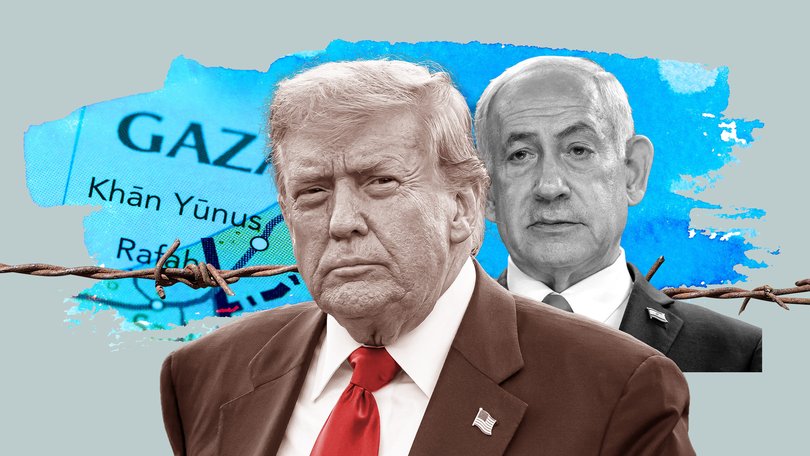
Israel and Hamas are expected early Monday morning (local time) to begin an exchange of hostages taken from Israel and held in the Gaza Strip for Palestinian prisoners in Israel as part of a ceasefire agreement brokered last week by international mediators.
The deal was announced by President Donald Trump and confirmed by both Israel and Hamas early Thursday, with Israel’s Government voting to approve it in the early hours of Friday.
Shortly afterward, a ceasefire went into effect in Gaza; Israeli troops began pulling back to a new defensive line inside the enclave; and displaced Palestinians started heading back to Gaza City, in the territory’s north.
Sign up to The Nightly's newsletters.
Get the first look at the digital newspaper, curated daily stories and breaking headlines delivered to your inbox.
By continuing you agree to our Terms and Privacy Policy.Along with the exchange of hostages and prisoners, and an end to the fighting that has devastated the enclave over two years, the deal also calls for a major influx of aid into the Gaza Strip, which has been gripped by a severe humanitarian crisis.
The agreement followed indirect negotiations between Israel and Hamas that were mediated by Egypt, Qatar, Turkey and the United States, and is based on a plan presented by Mr Trump in late September.
Many details remain scarce, and the answers to some of the most sensitive questions — like whether Hamas will disarm — remain unclear.
Nonetheless, many Palestinians and Israelis have been celebrating news of a deal.
The exchange is set to begin Monday morning
Israeli authorities believe there are about 20 hostages still alive in Gaza, along with the remains of about 25 others. They are the last group of the approximately 250 people seized in Israel in the October 7, 2023, Hamas-led attack that set off the war.
The hostages are likely to be released very early Monday.
As in past ceasefires that involved an exchange of hostages and prisoners, the captives in Gaza will be released to representatives from the International Committee of the Red Cross and taken in their vehicles to be handed over to the Israeli military.
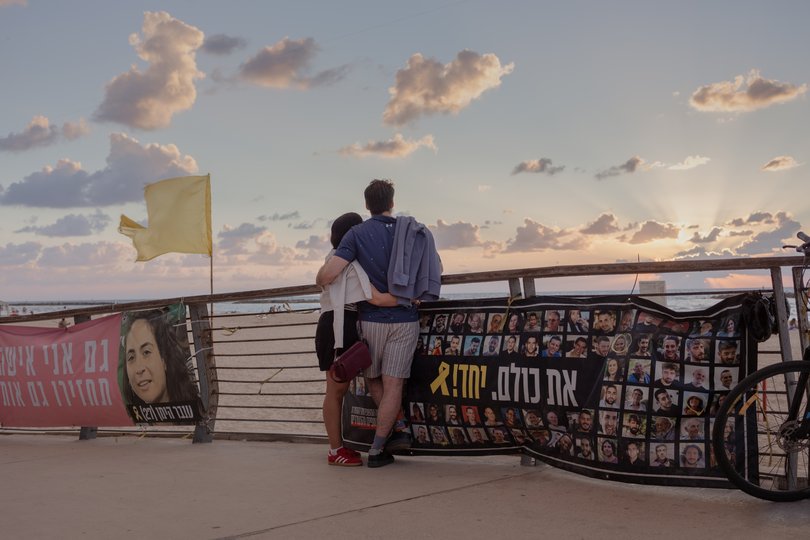
From there, they are expected to be taken to the Reim military base in southern Israel for initial checkups and meetings with close family members.
They will then be flown by helicopter to three hospitals in the Tel Aviv area that have special units prepared to receive them.
Under the 20-point peace plan that Mr Trump presented last month, about 20 Israeli hostages were to be exchanged for 250 Palestinian prisoners, many serving life sentences in Israel, and 1700 Gaza residents detained during the war.
More than half of the Palestinian prisoners to be released by Israel are to be sent into exile, according to a list released by Israel on Friday, but it was unclear where they would go.
The release of prisoners is expected to follow the hostages’ return and any remains Hamas is able to turn over Monday.
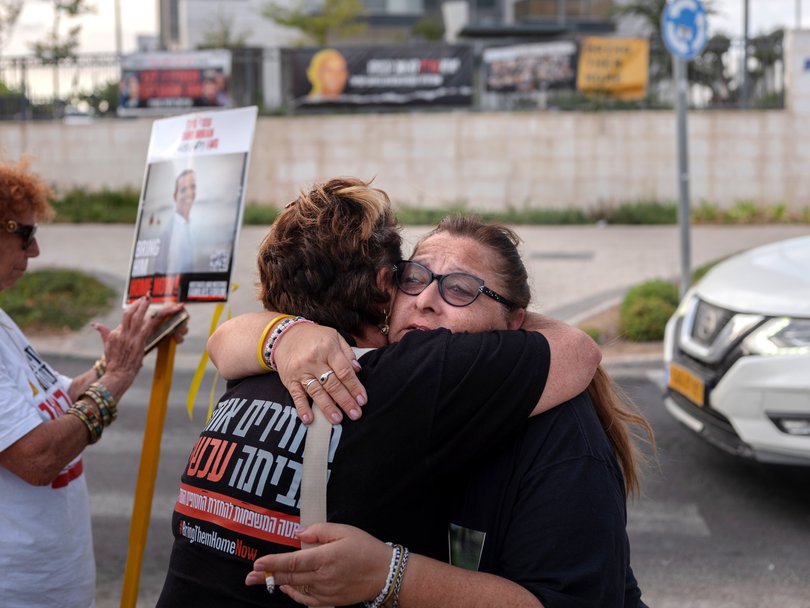
Officials and analysts say that turning over remains of the roughly 25 deceased hostages will likely be complicated and take longer than the 72 hours outlined in the Trump Administration plan.
The bodies of 15 Gaza residents are expected to be returned for the remains of each captive taken from Israel.
Israeli troops have begun withdrawing
The deal’s first phase requires Israel to pull back its troops to an agreed-upon “yellow line” in Gaza. That happened Friday, according to Mr Trump’s Middle East envoy, Steve Witkoff.
The Israeli military said Friday that its forces “began repositioning themselves along updated deployment lines.”
The precise nature of the withdrawal is unclear, however. The Israeli military shared a map Friday that purports to show Israel’s troop withdrawal but has since stated that it may not reflect the precise location of soldiers.
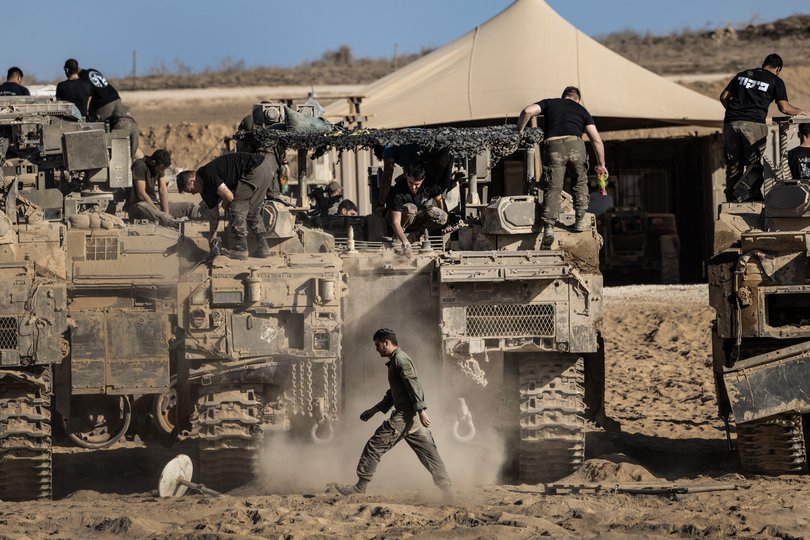
The military declined to comment on that map Sunday, saying it represents an “illustration.”
Maps showing Israeli withdrawal lines in Mr Trump’s peace plan appeared to have been amended during negotiations, according to two Israeli officials and an Egyptian official, who spoke on the condition of anonymity to discuss diplomatic matters.
After a partial withdrawal, Israeli forces will remain along the Gaza-Egyptian border, in an area known as the Philadelphi Corridor.
More aid will enter Gaza
The agreement calls for an influx of food and supplies to Gaza, which is in the grip of a humanitarian crisis.
An Israeli military official said that starting Sunday, about 600 humanitarian aid trucks per day — operated by the United Nations, approved international organisations, the private sector and donor countries — would be allowed to enter Gaza with food, medical equipment and shelter supplies, as well as fuel for essential operations and cooking gas.
This would be about twice as many trucks entering daily than in previous weeks, the official said.
The top UN humanitarian official, Tom Fletcher, said Thursday that the United Nations had a plan to scale up delivery of aid immediately.
Fletcher said the UN aimed to send hundreds of trucks into Gaza every day and would support bakeries, community kitchens, fishermen and herders. It will also give cash to 200,000 families to cover basic food needs, he said.
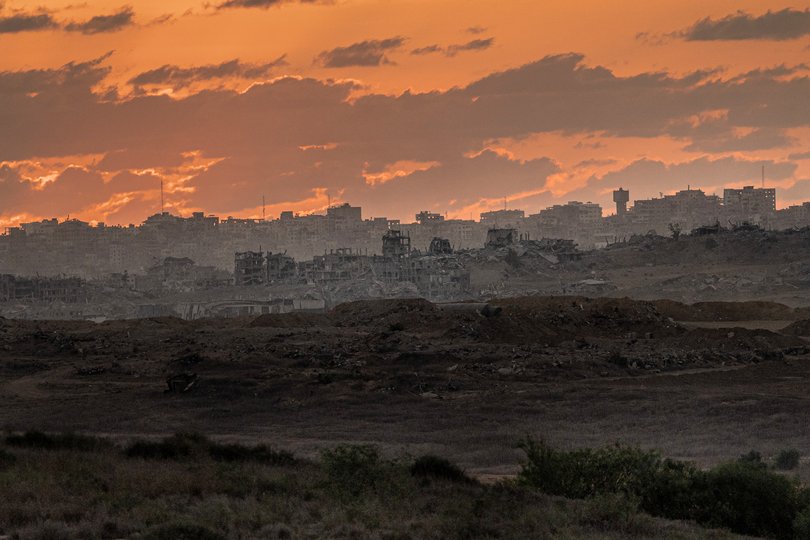
Supplies of dense, high-energy food items will be given to vulnerable groups, including pregnant women, children and adolescents, he said.
On Sunday, the UN Office for the Coordination of Humanitarian Affairs said the “humanitarian scale-up in Gaza is well underway,” and spoke of “real progress.”
The agency said that cooking gas, tents for displaced families, frozen meat, fresh fruit and medicines had crossed into the enclave “throughout the day” and that hundreds of thousands of hot meals and “bread bundles” had been distributed in the south and north of the territory.
The agency also said it has secured Israeli approval for more aid to move forward.
Israeli restrictions on food and other goods entering Gaza have led to extreme hunger, prompting international monitors to declare a famine in parts of the enclave this summer. Israel disputed the conclusions and the methodology behind the findings.
It’s unclear whether Hamas will disarm
In agreeing to release the hostages, Hamas gave up much of the leverage it has had with Israel. But for Mr Trump’s full peace plan to work, diplomats and negotiators will probably need to resolve a crucial question: Will Hamas agree to give up its weapons?
Mr Netanyahu long insisted that he would not accept an agreement in which Hamas refused to disarm. The Palestinian militant group publicly rejected his demands that it do so.
Some mediators believe that Hamas may be willing to consider partially disarming and that it was critical to secure an agreement for the initial deal terms first.
“If we went for full-package negotiations, we wouldn’t have reached these results,” Qatari Prime Minister Sheikh Mohammed bin Abdulrahman Al Thani, one of the central mediators in efforts to end the war, told The New York Times in an interview Friday.
He said Hamas had expressed a willingness to talk about a different kind of relationship with Israel, however. “Hamas are actually open to have a discussion about how they won’t pose a threat for Israel,” the Prime Minister said.
The deal brings relief after two years of war
The conflict has set off a humanitarian catastrophe and widespread hunger in Gaza, battered Hamas militarily and left Israel exhausted and isolated internationally. It has also contributed to a rise in antisemitic violence worldwide.
About 1200 people were killed in Israel during the Hamas-led October 7 attack, mostly civilians, and roughly 250 people taken hostage.
Israel’s devastating military response has killed more than 67,000 Palestinians, including civilians and combatants, according to the Gaza Health Ministry. The war has also reduced much of the territory to ruins.
This article originally appeared in The New York Times.
© 2025 The New York Times Company
Originally published on The New York Times
